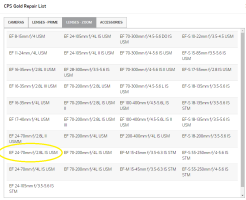Sorry, I was not clear about f/2 planar, I meant this one (EDIT: english version of lens description for convenience:
which is a evolutionary developed Planar type lens and which is macro - the medium format f/2 110mm lens is no macro with 1:5 max. reproduction ratio.ZEISS Consumer Products
ZEISS Consumer Products combines the company's business with camera and cine lenses, binoculars, spotting scopes and hunting optics.www.zeiss.com
And TDP comparison shows that the EF 100 L macro is a tad better in the center, but the ZEISS visibly better in the edges while comparing f/2.8 with f/2.0 on the same camera:

Zeiss Milvus 100mm f/2M Lens Image Quality
View the image quality delivered by the Zeiss 100mm f/2M Milvus Lens using ISO 12233 Resolution Chart lab test results. Compare the image quality of this lens with other lenses.www.the-digital-picture.com
Again, how much does it cost? (Hint: about 6-8X what a new EF 100mm f/2 does).
Upvote
0

